What Does the Wrangler Pickup Mean for FCA?

Two months ago at the North American International Auto Show in Detroit, Jeep CEO Mike Manley confirmed that the next generation Wrangler will spawn a pickup. No other official announcements related to the exciting new product have been released. But as TTAC reported in October ( The Untapped Potential of Wrangler), the move was entirely predictable. And it was made all the more inevitable when the company recently announced its intention to stop developing small cars.
The revelation of a forthcoming Wrangler pickup could have justified a front page New York Times headline. That is how important the new pickup is for the $10 billion company. Investors may not have valued the announcement, as Fiat Chrysler Automotive’s stock price continued its steep decline from $9.20 on December 31st to $5.88 in early February, but Wall Street analysts are not known for their long-term perspective. Regardless, Jeep is a well known bright spot under the sagging FCA umbrella and investing in its record-setting Wrangler nameplate is an action the company needs to take.
How will Jeep execute the Wrangler pickup and what will its real impact be?
Assuming the pickup arrives in late 2017, as Mr. Manley has stated, its design has already been frozen and the die cast for what will be an entertaining chapter for Jeep, its enthusiasts, and the industry. But Wrangler fans pining for a two-door short box Scrambler should cool their heels. This isn’t about the few thousand of you. Yes, a two-door is possible, but the brand needs to find tens of thousands of new customers and it will take four-doors to do that. The current Wrangler sales mix is 70 percent four-door. And a lack of demand for two-door trucks led Toyota and General Motors to axe them during the recent updates of their segment-leading Tacoma and Colorado/Canyon. FCA lacks a traditional mid-size pickup in its North American lineup and harbors little hope of developing one on its own. Its Wrangler pickup will therefore need to take aim at expanding the Wranglerati, but also at pulling shoppers out of other traditional mid-size pickups.
The big question for Wrangler watchers is will FCA go all-in on the Wrangler, or will it hedge by limiting itself to a single configuration? At perhaps $500 million, the lowest cost alternative is to develop the obvious four-door short-bed pickup. This strategy would position the new truck to compete in the highest volume configuration. However, this conservative approach would limit the truck’s addressable market and fall short of achieving its full sales potential. It would also fail to capitalize on the economies of scale available during the development stage to design up to four additional configurations at a deep savings.
Before exploring potential cab and bed configurations, can a Wrangler pickup attract buyers from the Tacoma, Colorado, Frontier, and upcoming Ranger? The Wrangler is loud and unrefined, and there is little reason to expect that to change in the next generation. Yes, hard tops will be offered across the range, but they come at an additional cost on a vehicle that already carries a price premium when compared with other pickups. And though they cut interior decibels, a hard-top Wrangler pickup will not be Canyon-quiet. Security and pricing will be additional concerns keeping a significant portion of mid-size pickup shoppers out of Jeep showrooms. Moreover, commercial users will not pay the Jeep premium, particularly if four-wheel drive is superfluous. The forthcoming Jeep pickup will at best compete for half of mid-size buyers. And, oh, by the way, pickup buyers tend to be more loyal than consumers in just about any other segment.
A four door, short-bed Wrangler is a given. Additional configurations could include both short and long-bed single cabs, which could use the Unlimited and the four-door short-bed wheelbases, respectively. The arguments for developing these would rest on their low cost to develop, the opportunity to satisfy a market segment ignored by the domestic market leaders, and their potential appeal in international markets where mid-size, single cab, long-bed trucks dominate the commercial market. Jeep may also consider mounting a long bed on the four-door truck and simply accepting the additional rear over-hang as the cost of reaching a wider audience. Additionally, the wheelbase created for the four-door short-bed Wrangler opens up the possibility for a three-row SUV similar to the Wrangler Africa concept prepared for the Easter Jeep Safari in 2015.
Jeep’s biggest challenge in extending the Wrangler range to include a pickup is the Wrangler SUV. No matter what configurations are developed, the pickup will cannibalize SUV sales. But by moving ahead with the pickup, FCA is betting its repurposed factory in Toledo that the net sales impact will be positive. The successful Cherokee is being moved out of Toledo and its production line significantly reworked to make room for more Wranglers. The cost to develop five new configurations, as outlined above, would more than double FCA’s additional investment in the Wrangler pickup from $500 million to approximately $1.2 billion.
At a minimum, FCA believes the addition of a four door, short-bed Wrangler will be profitable, which allows analysis to back into some of their sales forecasting. The company will likely require a break-even on its Wrangler pickup investment in 18 months. Wrangler’s gross profit per unit already exceeds $10,000, though the addition of a pickup will elevate it further. This means FCA is forecasting a minimum annual sales boost of 33,000 units in the first full year the pickup is available. Jeep is developing the all-new Wrangler in parallel, so the reality is not so simple, but enough facts exist to turn this into a clean algebraic equation. If a $500 million investment for one new configuration nets 33,000 new annual sales, then a $1.2 billion investment for the full five configurations would need to result in a minimum of 80,000 new Wrangler sales annually to break-even at 18 months.
Putting these sales numbers in context, U.S. and Canadian consumers purchased 224,000 Wranglers last year. Thirty-three thousand additional Wrangler sales would equal half the sales generated by the ancient Nissan Frontier. And if Jeep could shift 80,000 additional Wranglers north of the Rio Grande, that would equate to 64 percent of combined Canyon/Colorado sales. Earning half the sales of the also-ran Frontier seems straight forward. Achieving two-thirds of GM’s mid-size sales is a bigger hurdle. But the segment is growing, some consumers would convert from full-size, half-ton trucks, and don’t forget the likely inclusion of a diesel in the next-gen Wrangler.
FCA is cash constrained. However, given the explosive growth in the mid-size pickup market (up 36 percent over last three years), Wrangler’s tremendous sales momentum (up 43 percent over last three years), and Mr. Marchionne’s all or nothing attitude (well documented), an all-in Wrangler strategy would not be a surprise. As a consumer brand, why wouldn’t FCA place a big bet on its sales hero from its record-setting brand?
Cannibalism be damned, FCA does not care what model mix the Wrangler sells in. It only cares about selling as many Wranglers as possible. How important is the Wrangler pickup? It depends. Is FCA Calling, or is it All-In?
[Images: AEV Brute, American Expedition Vehicles; General Motors; Toyota; Fiat Chrysler Automobiles]

Twenty year auto industry professional. Currently CEO at Turbo International, the premier American manufacturer of OEM replacement turbochargers for the global aftermarket.
More by Seth Parks
Latest Car Reviews
Read moreLatest Product Reviews
Read moreRecent Comments
- Redapple2 7 of 10 are Toyota products. 0 /10 are from the evil -gm- vampire. What can we deduce?
- SCE to AUX Direct sales will be a nice touch. https://insideevs.com/news/738666/scout-direct-to-consumer-sales/
- SCE to AUX They look great, and the new drivetrains will be better than anything IH had in the past. My recollection of IH vehicles was their unreliability and rust issues. Sentimentality over the IH brand is pretty thick, but TTAC is they were not great vehicles and the brand deserved to die when it did.
- 3SpeedAutomatic What If Scenario:When VW purchased Navistar, they also got the Travelall as well as the Scout brands. I would like to see a Travelall EV to compete with the Ford Exposition and Chevy Suburban/Tahoe. I understand that Rivian R1S is supposed to handle this in a up scale market, but a Travelall would pull in more the middle class late adopters sitting on the sidelines. 🚗🚗🚗
- Arthur Dailey Do the original owners keep these vehicles because they are reliable, or because they like them or because they (the owners) are cheap? Aren't the reasons also important?




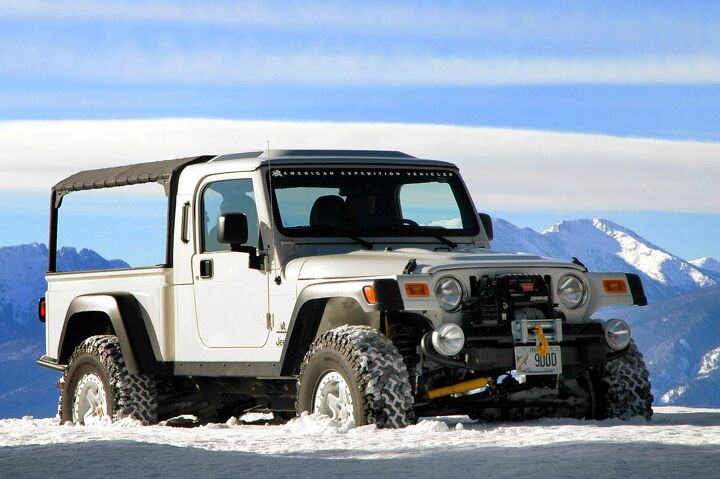
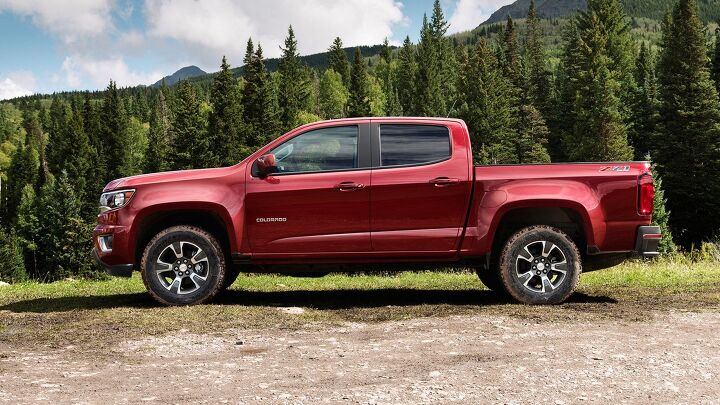
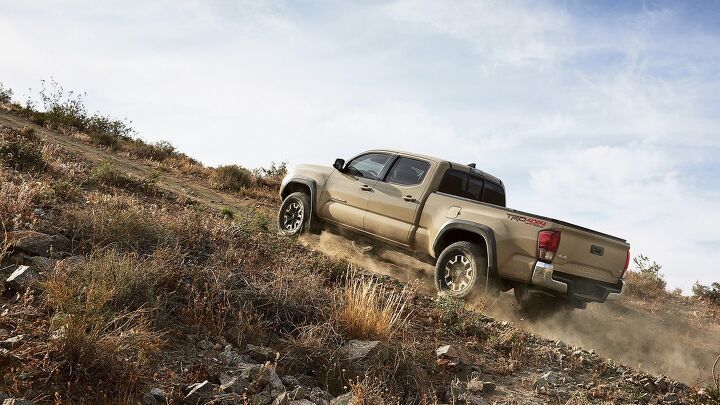

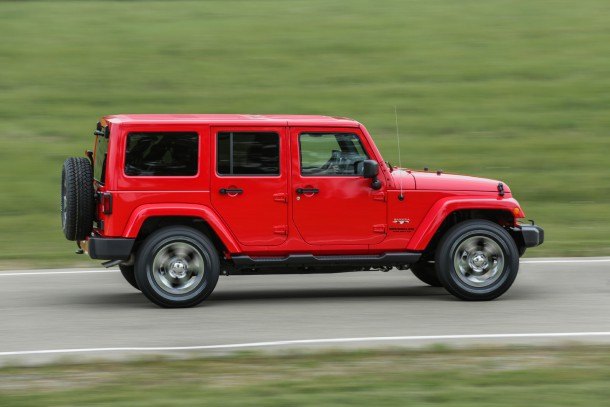

















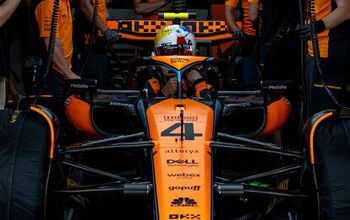












Comments
Join the conversation
This vehicle desperately needs a V8, that's easily another 50k sales.
2.5 door extended cab please. Don't need no full second row and don't want it.